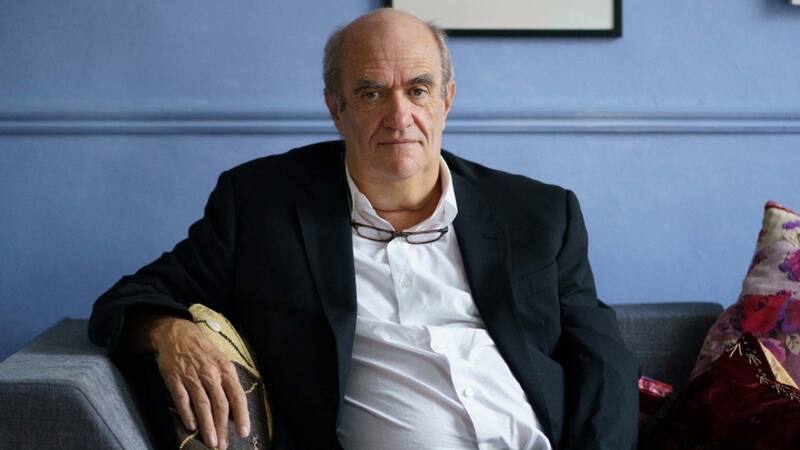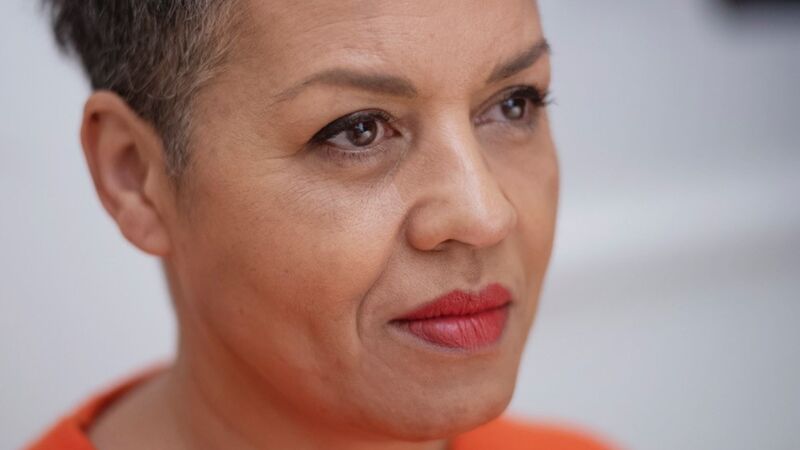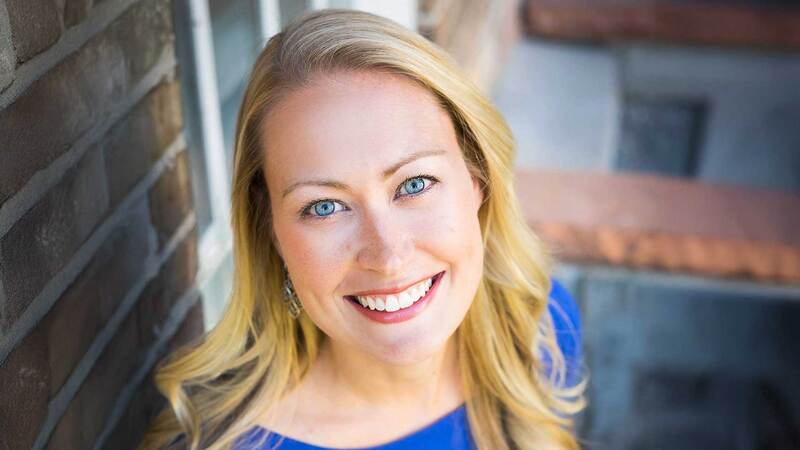You are viewing your 1 free article this month. Login to read more articles.
Egmont reveals drop in reading for pleasure and new sustainability measures
A study revealing a drop in children reading for pleasure and a commitment to sustainable magazine publishing were among the initiatives revealed at Egmont’s Annual Insight Presentation, held yesterday (5th March) in central London.
Egmont revealed data from Nielsen’s Understanding the Children’s Book Consumer survey 2018, which it co-funds, of 2,000 0-17 year-olds. The data shows that only 32% of British children surveyed are read to daily by an adult for pleasure, down four percentage points since last year and nine percentage points from 2012.
Only 19% of all 8-10 year-olds are read to daily, down three percentage points, and that figures is even lower for boys, standing at 14%.
Alison David, consumer insights director at Egmont, said there are three key reasons why children are not reading for pleasure: school, which makes reading a chore, rather than something fun; screens; and parents, who want children to have the ability to read but do not necessarily understand the importance of reading for pleasure.
“We know that reading to children is a very effective way to encourage them to read independently but, sadly, many parents simply don’t know what a great impact they could have on their children’s lives if they read to them daily,” she said. “Many parents confuse literacy with reading for pleasure, so it is seen as a task to complete rather than a joy to share.”
Last Autumn the company partnered with a school in Stoke-on-Trent to see if reading for pleasure would inspire a greater love of reading in children. Over a five-month period, the pupils’ reading comprehension increased by an average of 10 months and they showed a “significantly greater level of excitement around book”, said David.
Egmont also revealed plans to make its magazine business more sustainable. Siobhan Galvin, commercial director of magazines, said the division has reduced waste in the supply chain by 5% and is taking action on plastic waste, for example by reducing the number of magazines it bags in plastic.
She said that the plastic toys given away with the magazines can be recycled and said she took issue with people who described them as “tat”. “The toys we give away are an affordable treat and are not designed to be played with once then thrown away,” she said.
Galvin said the children’s magazine market has grown 19% since 2014, thanks in part to higher cover prices, but has fallen in volume by 8% over the same period.
“One think we need to do is adapt our approach to reach customers,” she said. “Shoppers are not loyal to one retailer so we are investing in a broad retail footprint. Egmont is the number one children’s magazine publisher in Aldi and Lidl.”
Publishers can also benefit from capitalising on trends, such as unicorns, she added.
Finally, commercial director Sarah Bates said Nielsen BookScan data shows that children’s book sales were flat in 2018. She attributed this partly to the rise of books being sold through non-traditional retail accounts as well as the dominance of Amazon.
To combat this publishers will look at innovative marketing campaigns and using new social media influencers, she said.



















